Cusk could become commercial success with expanded availability and marketing strategies, Norwegian researchers conclude
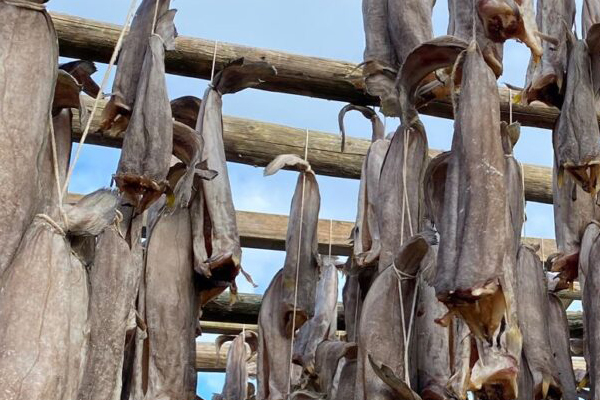
A new study reveals that more people in Norway would eat cusk if it were easier to find on the consumer market. Currently, this cod-like whitefish is not easy to find in stores and is typically sold online, at well-stocked fish counters and in some restaurants.
But based on the study’s findings, SINTEF researchers speculate that more people might buy and eat cusk at home if it was more widely available and they had the right information about the whitefish.
“Our study shows that many more people would eat this excellent whitefish if it was easier to get hold of,” said Guro Møen Tveit, SINTEF researcher. “It appears that there is a significant potential for getting cusk fillets onto Norwegian dinner plates.”
Cusk is caught using line and autoline fishing and by using nets, and it’s most commonly caught as by-catch. The researchers are looking to help boost the exploitation of cusk and increase its value in the eyes of consumers.
“The species is not traditionally used for the production of whitefish fillets for the dinner table, but our aim is to raise its profile,” said Tveit. “This will also help to relieve the pressure on conventional species currently being used to produce whitefish fillets.”
The researchers explored if there’s an appetite for cusk in the market by examining its production and consumer acceptance levels. They carried out a blind taste test in which a panel of 12 people was asked to compare steamed cod and cusk fillets.
“The panel gave the cusk very high marks for qualities such as appearance, appetizing appeal, odor and taste,” said Tveit.
The panel rated cusk slightly lower than cod, especially for the consistency of its meat, where it ranked second. However, the panel found that cusk had a more appealing smell. Some panelists even preferred the taste of cusk over cod.
Overall, the panel was pleased with the product. Most of them had never tried cusk before and were pleasantly surprised by this new, mild-flavored whitefish option. Tveit also speculated that the cusk may have performed better in the consistency test if the fish had been fried instead of steamed.
“Based on the responses from the taste test panelists, there’s no doubt that cusk has the potential to become an excellent dinner option,” said Tveit.
In addition to the taste test, researchers interviewed people in the restaurant and catering industry to gather their thoughts on cusk. The feedback was overwhelmingly positive.
“They wanted to see more cusk than they currently get to work with,” said Tveit.
The research team carried out a defrosting study as part of their project. This involved looking into how a variety of thawing methods influenced the quality of vacuum-packed cusk fillets.
“We employed two different methods, both of which are currently available to retail outlets,” said Tveit. “The first involved thawing in a refrigeration room for three days, the second in a defrosting cabinet for 35.5 hours.”
Both experiments used relatively extreme parameters to test for possible limiting values. Results indicated that rapid thawing in a defrosting cabinet with higher temperatures and air circulation produced the worst results.
“Fillets thawed in this way scored lower on odor, texture and appearance,” said Tveit. “Moreover, this approach affected the color of the meat, which was darker when compared with the other fillets thawed in the refrigeration room.”
Despite this, Tveit believes that the defrosting cabinet can work effectively with longer periods and reduced air circulation. However, the study demonstrated it’s feasible to sell cusk thawed using the refresh approach – a method that can address the problem of parasitic roundworms.
“Cusk is quite vulnerable to roundworm, but we can address this effectively by freezing the fish to minus 20 degrees and then thawing it before setting it out on the fish counter in the shops,” said Tveit. “Freezing is in fact the most effective way of killing both roundworm and other parasites.”
As a next step, Tveit said that an information campaign is needed to focus public awareness on this “new and exciting whitefish.”
“If you search on the Norwegian website godfisk.no, you will find no less than 139 recipes that include cod, but only five with cusk,” said Tveit. “This is in spite of the fact that cusk can be used in the majority of whitefish recipes. If cusk is to become a commercial success, it is essential that people are made aware using as many channels as possible.”
Now that you've reached the end of the article ...
… please consider supporting GSA’s mission to advance responsible seafood practices through education, advocacy and third-party assurances. The Advocate aims to document the evolution of responsible seafood practices and share the expansive knowledge of our vast network of contributors.
By becoming a Global Seafood Alliance member, you’re ensuring that all of the pre-competitive work we do through member benefits, resources and events can continue. Individual membership costs just $50 a year.
Not a GSA member? Join us.
Author
Tagged With
Related Posts
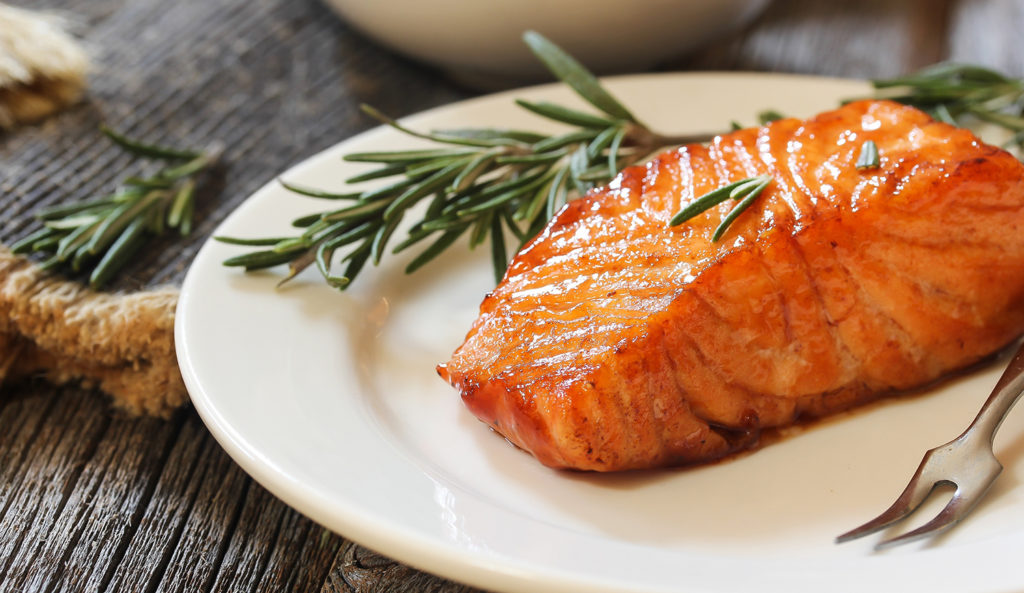
Intelligence
Surveys say? Salmon farmers can win consumers’ trust
Surveys shared at the Atlantic Canada Fish Farmer Association’s 2018 Aquaculture Forum show that consumers aren’t completely swayed by negative media.
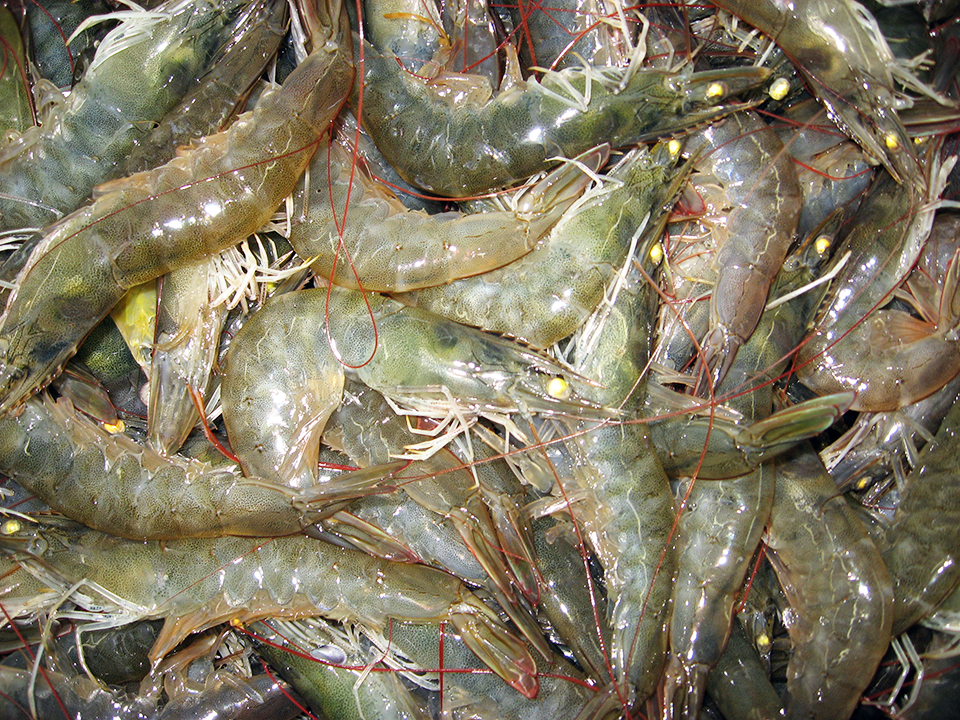
Intelligence
Europeans need a new shrimp narrative
Media coverage fuels negative perceptions of farmed shrimp among Europeans. A paper – similar to one on pangasius consumption four years ago – finds the sector is doing too little to rectify ill-founded notions.
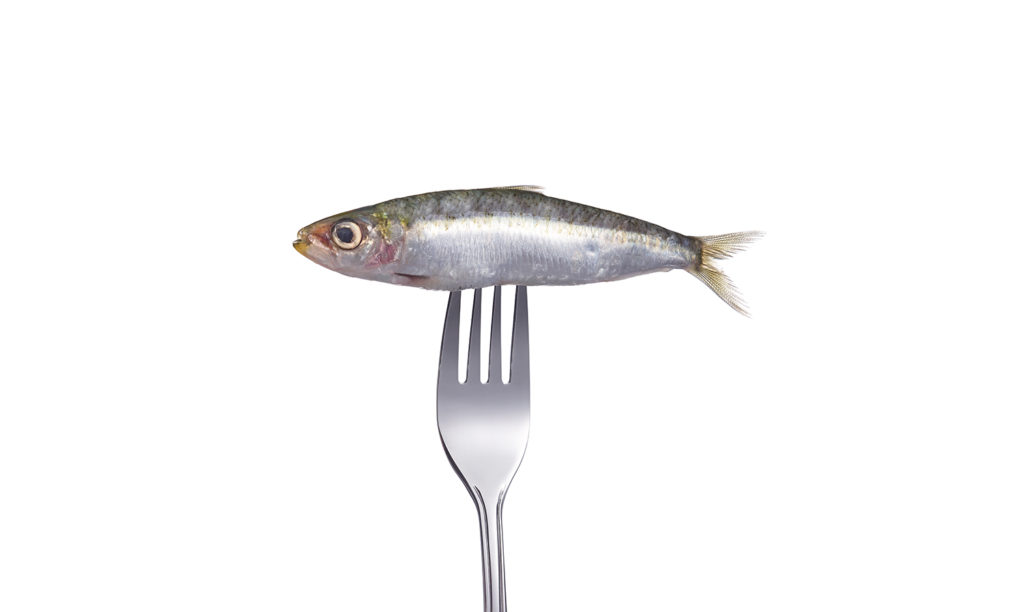
Health & Welfare
Study ties animal welfare practices to consumer purchasing
There’s an opportunity to expand the U.S. market for farmed seafood if the aquaculture industry were to more widely adopt humane production practices, according to a study by Changing Tastes and Datassential.
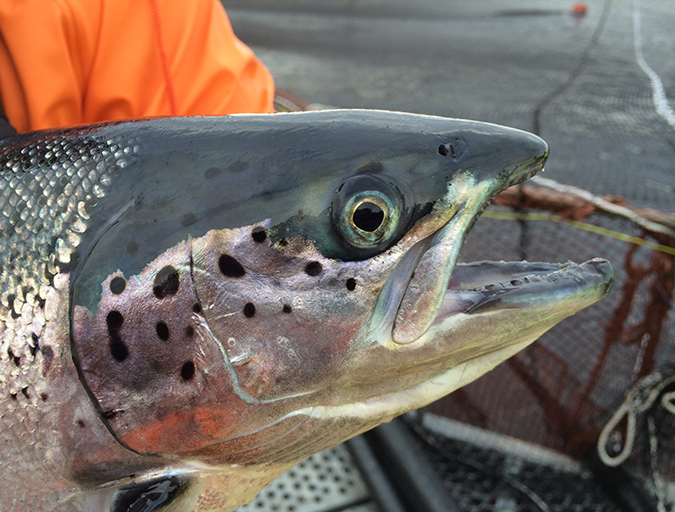
Intelligence
Changes in European consumer perceptions of farmed salmon
Household surveys have been carried out annually since 2012 in France, Germany and the UK on perceptions and consumption patterns for salmon and meat from agriculture. Results show that salmon is generally perceived as having more beneficial effects than chicken on brain development, bone development, certain cancer risks and coronary heart disease risk.



